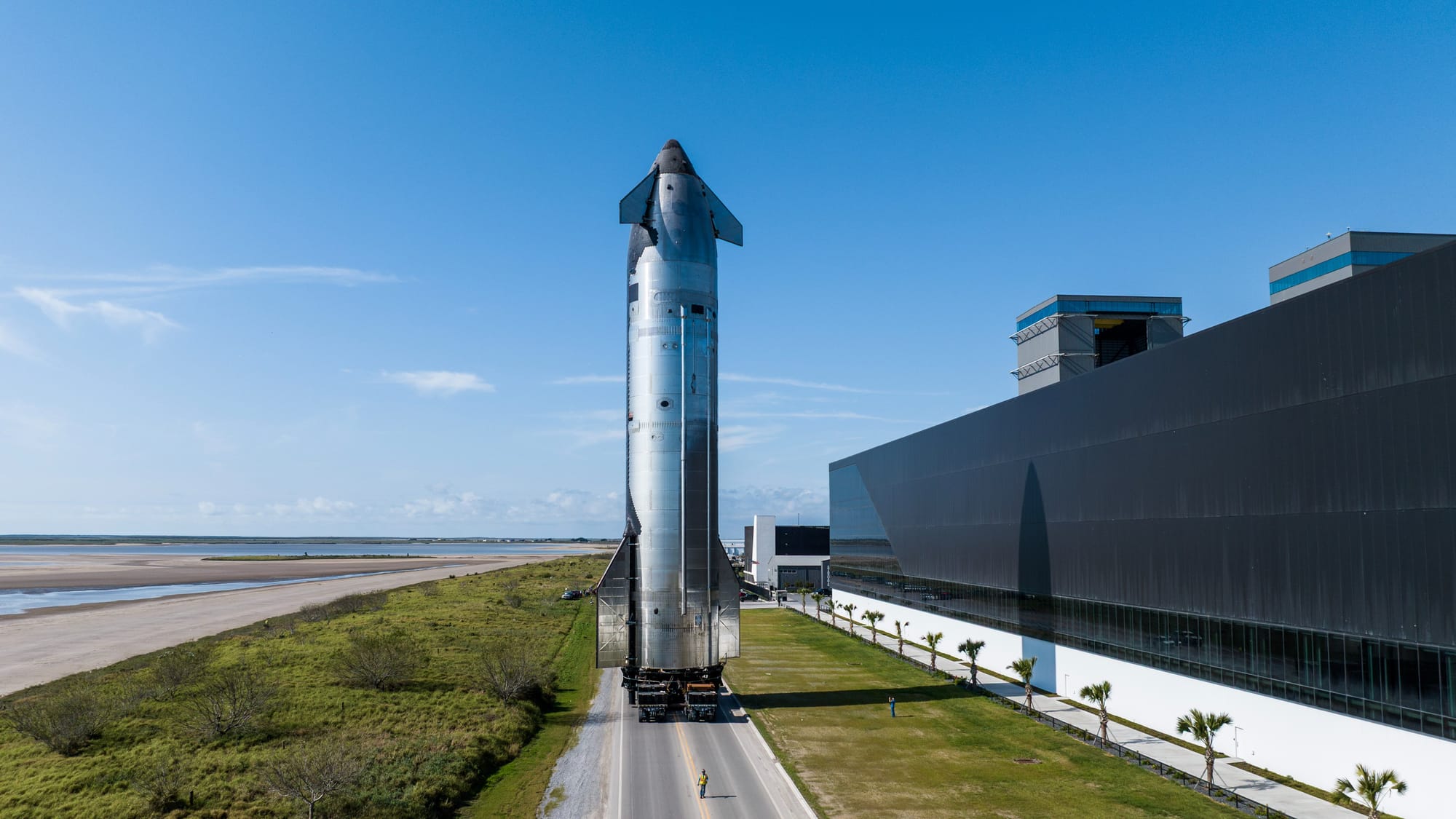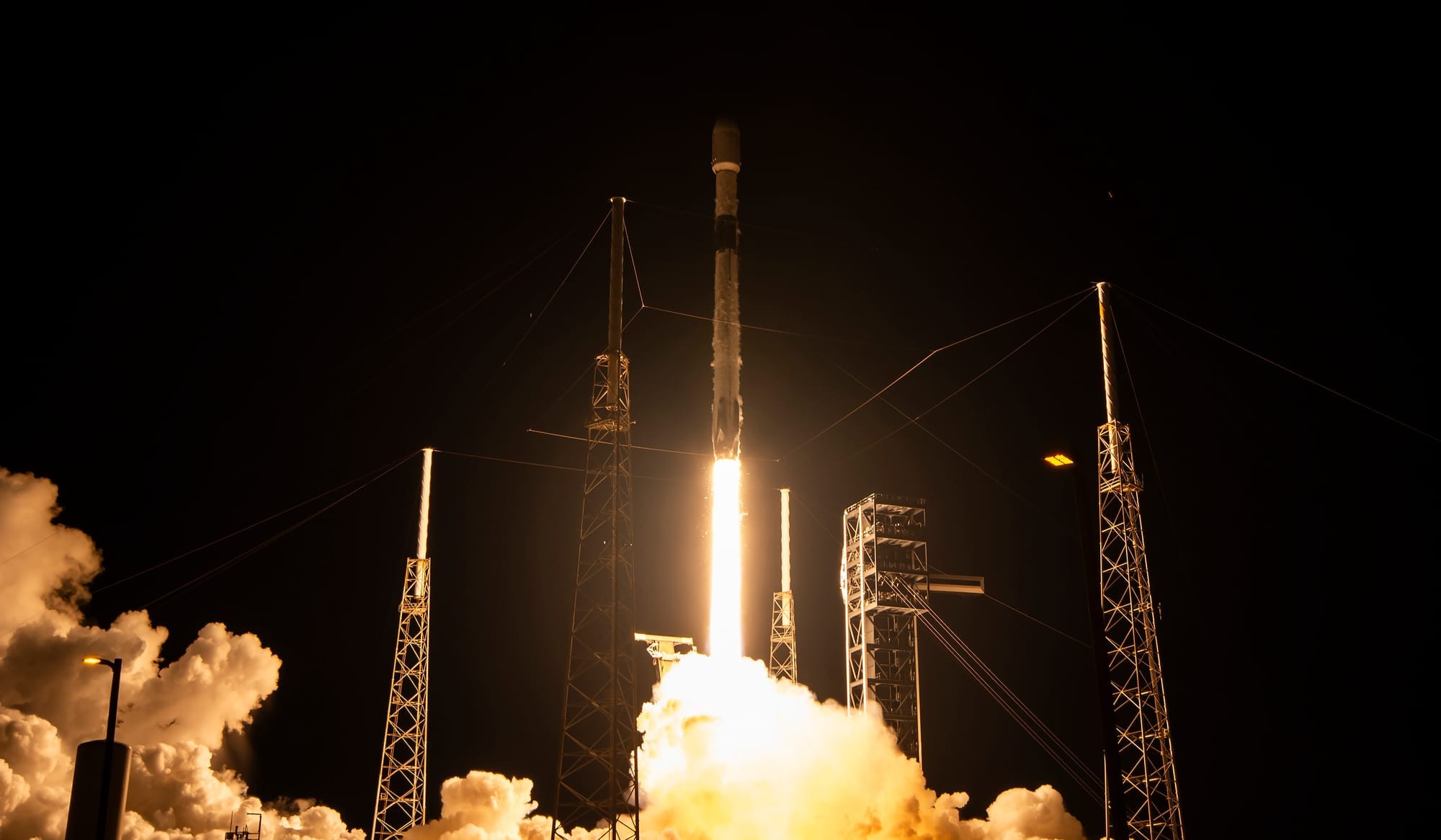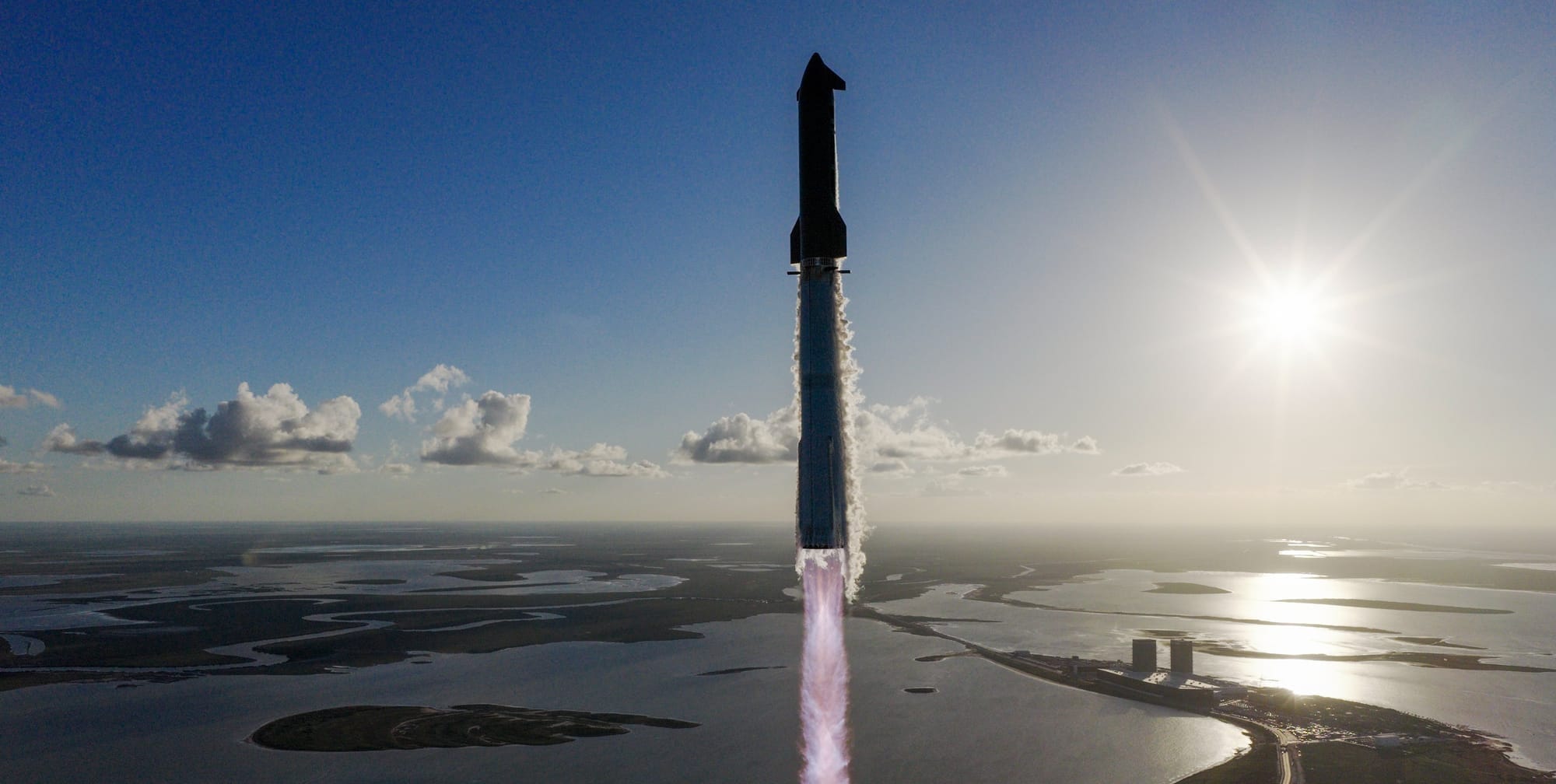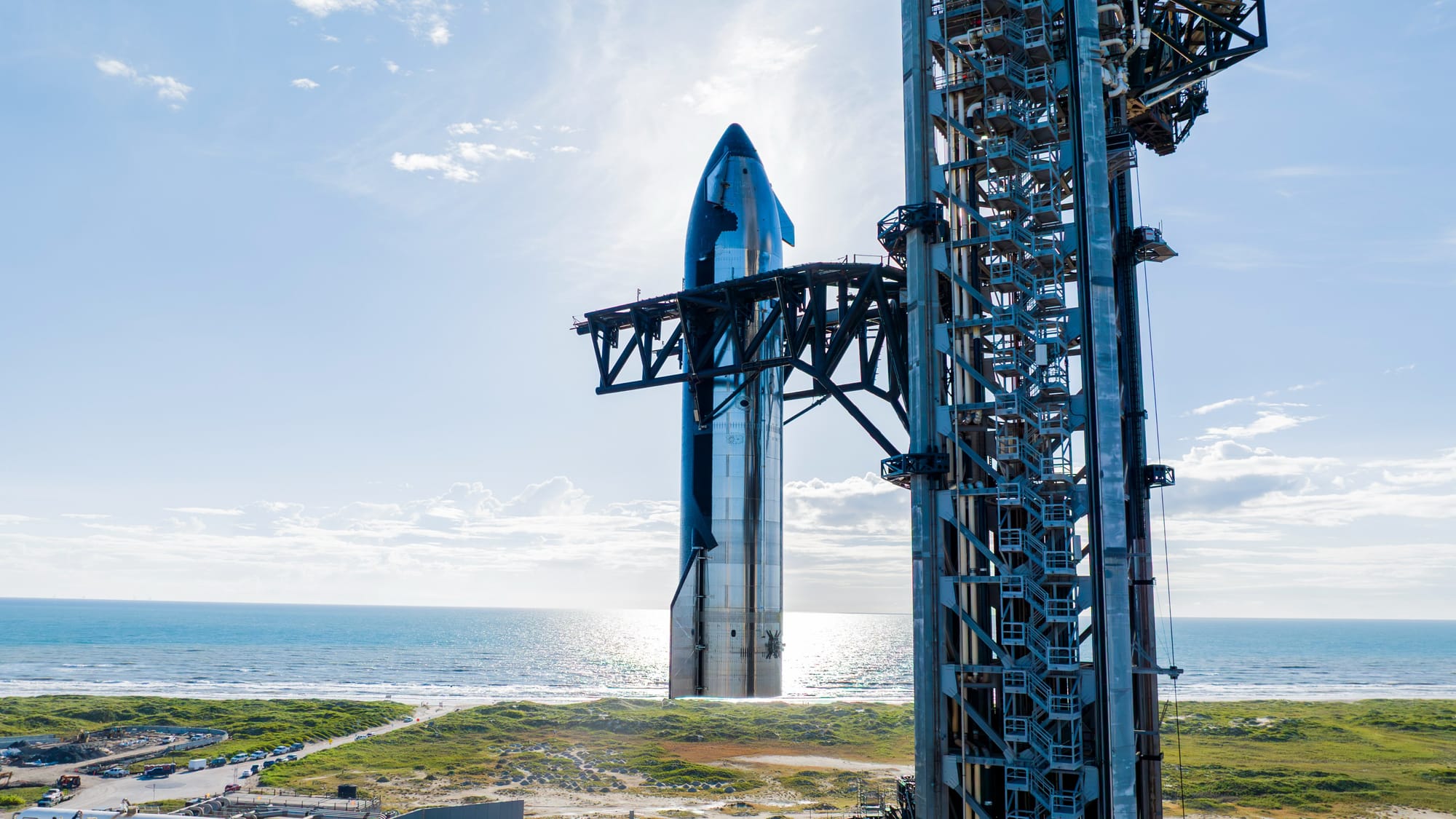Table of Contents
SpaceX head Elon Musk has long endeavored to gain greater control over the company's Starbase facility, where the Starship-Super Heavy rocket is built and tested, in South Texas. To this end, SpaceX employees living close to the site petitioned for the establishment of a city and voted to incorporate it on May 3rd.
According to local news, employees living near the site voted 212 to 6 for the Starbase site to become the city of Starbase. Only 283 of those living in the new city were eligible to vote despite a population of around 500. Additionally, all but ten homes in the new city are owned by SpaceX, questioning if this decision was entirely the employees' own.
As a new city, officials had to be elected too. Running unopposed for mayor was Boddy Pedan, Vice President of Test and Launch of SpaceX in Texas. The two candidates for city commissioners were Jordan Buss, Senior Director of Environmental Health and Safety at SpaceX, and Jenna Petrzelka, reportedly linked to Joe Petrzelka who is SpaceX's Vice President of Spacecraft Engineering.
With SpaceX's employing the city officials and owning most homes, Starbase is a de facto company town. This new town should not be confused with SpaceX's other company town in Texas.
One of the first things the new city and government will have to do is find out what services are needed, like utilities, law enforcement, and education, to support Starbase's population. Once those are figured out, a budget will need to be set to allow the implementation of those services. That budget will end up derived from taxes and locals and corporations, which would just be SpaceX. However, SpaceX is headquartered in Starbase and Musk isn't keen on paying taxes.
As Starbase officials are also senior employees at SpaceX, it brings into question how they will write city law and whether it will heavily bring benefits to the company. A notable citizen of Starbase is Elon Musk, with city laws possibly shaped to his benefit for numerous legal challenges. Furthermore, paperwork submitted by SpaceX to Starbase may be massively streamlined due to pressure on officials from their employer, adding risk to an already tenuous environmental record surrounding the new city.

The U.S. government and federal authorities have however, decided that SpaceX can proceed with Starship-Super Heavy operations out of Starbase, via a new finding of no significant impact released on May 6th. In the new document, the Federal Aviation Administration is allowing Starship-Super Heavy to launch twenty-five times per year, with three launches at night.
Despite the government go-ahead, locals living near Starbase are not happy with SpaceX. Native American groups have had access to their religiously important sites denied, houses outside of the immediate vicinity of Starbase have had their foundations damaged, and biodiversity in the surrounding area has been majorly damaged. Alongside this, the last two Starship-Super Heavy flights have spread debris across the Bahamas, Haiti, the Dominican Republic, and damaged the Turks and Caicos Islands, damaging environments hundreds of miles away from the launch pad.
These views from the public become clear once it is realised that a low-income community is rapidly becoming gentrified following the economic fallout of the COVID-19 pandemic, along with SpaceX's lack of explaining what they're doing and how they intend to support the local economy. SpaceX's lack of explaining to the public is the company's own fault, as it has consistently pivoted on its plans for Starbase. First Starbase was a Falcon 9 and Falcon Heavy launch facility, then a test site for Starship vehicles, and now as a factory and highly active launch site for the future of the Starship-Super Heavy rocket.






